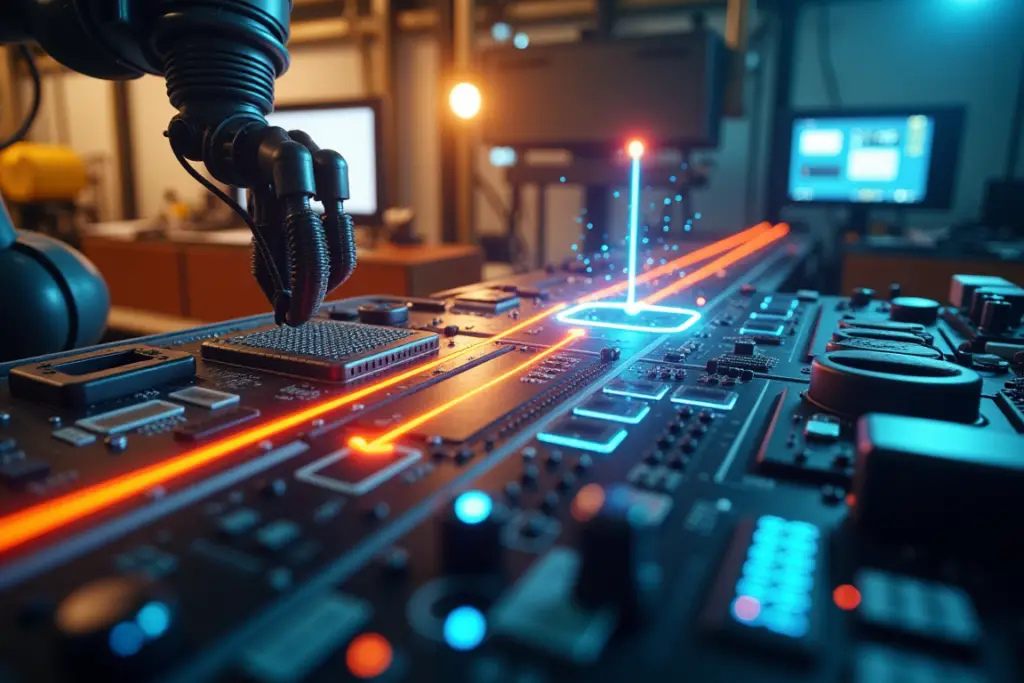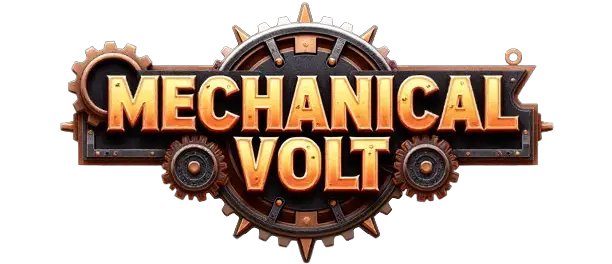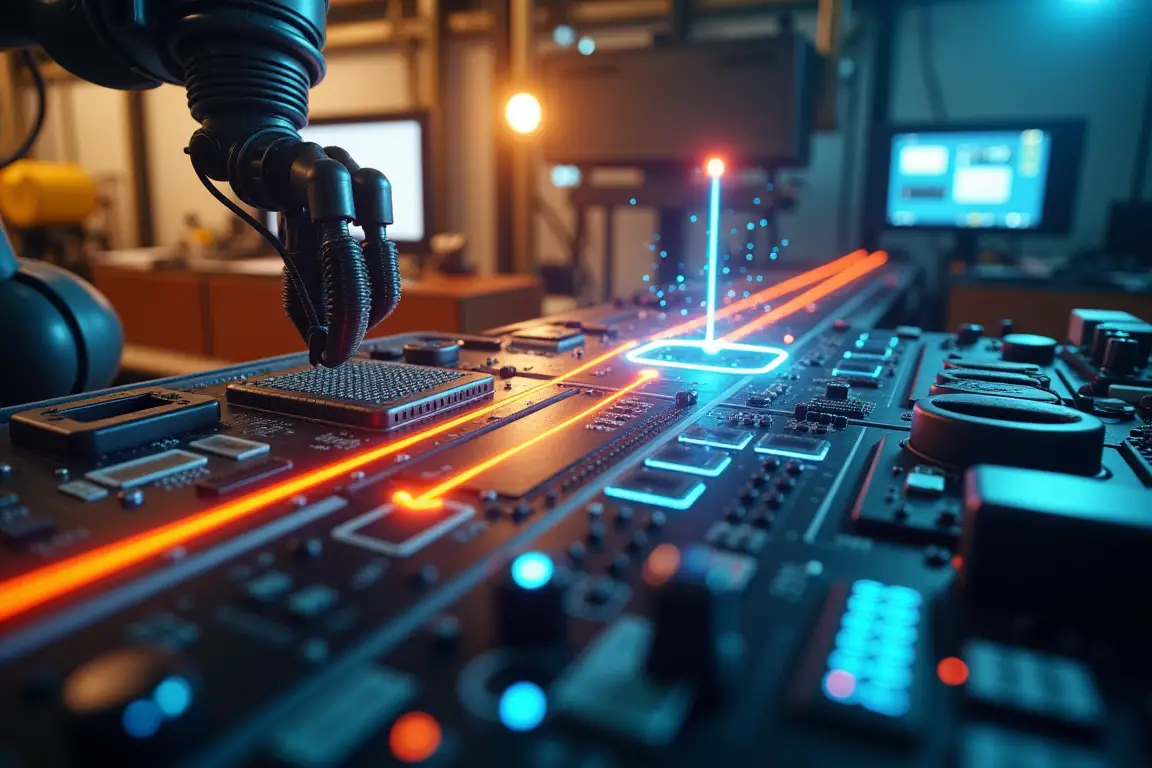
Control systems are the hidden architects behind the seamless functionality of modern technology. From maintaining the perfect temperature in your home 🏠 to enabling the precise movements of robotic arms 🤖 in factories, control systems ensure stability, efficiency, and automation in countless applications.
This article dives deep into the fundamentals of control systems, their components, types, and real-world applications, shedding light on their critical role in engineering and beyond.
What is a Control System? 🤔
A control system is a collection of devices that regulate the behavior of another system to achieve a desired output. By processing input signals and adjusting the output, control systems maintain stability and ensure performance even when external conditions change.
For example, in your car 🚗, the cruise control system adjusts the throttle to maintain a set speed regardless of inclines or declines on the road.
Components of a Control System 🔍
Every control system consists of the following key components:
| Component | Role | Example |
|---|---|---|
| Sensor | Measures a specific property or condition and sends data to the controller. | Thermometer 🌡️ in a thermostat |
| Controller | Processes sensor data and determines necessary adjustments to achieve desired output. | Microcontroller in a robot 🤖 |
| Actuator | Executes the adjustments dictated by the controller. | Electric motor in a robotic arm ⚙️ |
| Process/System | The actual mechanism or operation being controlled. | A heating system in a building 🏠 |
| Feedback Loop | Provides real-time data to ensure the output meets the target. | Speed sensor in cruise control 🚗 |
Types of Control Systems ⚡
Control systems can be categorized based on their structure and functionality:
1. Open-Loop Systems 🔄
- Operate without feedback.
- Execute commands without checking output accuracy.
- Example: A washing machine that follows a preset cycle without adjusting for load size.
2. Closed-Loop Systems 🔁
- Use feedback to monitor and adjust performance.
- Ensure greater accuracy and stability.
- Example: Air conditioners that adjust cooling based on room temperature 🌬️.
| Feature | Open-Loop System | Closed-Loop System |
|---|---|---|
| Feedback | None | Present |
| Accuracy | Lower | Higher |
| Complexity | Simple | Complex |
| Examples | Washing machines, toasters | Air conditioners, autopilot systems |
Control System Examples in Real Life 🌍
Control systems are deeply embedded in our daily lives:
1. Industrial Automation 🏭
Factories use Programmable Logic Controllers (PLCs) to automate machinery. These systems monitor, adjust, and optimize production lines, ensuring efficiency and reducing errors.
2. Aerospace and Aviation ✈️
Modern aircraft rely on autopilot systems that adjust altitude, speed, and direction based on real-time feedback. This ensures smoother flights and safer journeys.
3. Smart Homes 🏠
From adjusting room temperatures with smart thermostats to automated lighting systems, smart homes are a prime example of advanced control systems at work.
4. Robotics 🤖
Robots use control systems to execute precise movements, making them indispensable in fields like surgery, manufacturing, and space exploration.
How Feedback Works in Control Systems 📡
Feedback is the lifeblood of control systems, especially in closed-loop systems.
- Measurement: Sensors collect data from the system (e.g., temperature, speed).
- Comparison: The controller compares this data to the desired setpoint.
- Correction: Adjustments are made via actuators to align the output with the setpoint.
This feedback loop ensures stability and prevents errors, even when external conditions change.
Mathematics in Control Systems 📈
Control systems are often analyzed and designed using mathematical models. These include:
- Differential Equations: Describe system behavior.
- Transfer Functions: Represent the relationship between input and output.
- Stability Analysis: Ensures the system remains functional under varying conditions.
For example, engineers use Root Locus or Bode Plots to evaluate and improve system performance.
Advantages of Control Systems ✅
| Advantage | Benefit |
|---|---|
| Improved Accuracy 🎯 | Minimizes errors and maintains desired output. |
| Automation 🤖 | Reduces human intervention and increases efficiency. |
| Energy Efficiency ⚡ | Optimizes energy usage, reducing waste. |
| Flexibility 🔄 | Adapts to changing conditions, ensuring stability. |
Challenges in Control Systems 🚧
Despite their benefits, control systems face challenges:
- Complexity: Designing and implementing advanced control systems require expertise and resources.
- Maintenance: Sensors and actuators need regular upkeep for optimal performance.
- Cybersecurity Risks: Smart systems connected to the internet are vulnerable to hacking.
Future of Control Systems 🚀
The future of control systems lies in Artificial Intelligence (AI) and Machine Learning (ML). These technologies enable predictive control, where systems learn from past behavior to improve performance.
Emerging Trends:
- Self-Healing Systems: Automatically detect and correct faults.
- IoT Integration: Control systems in smart devices communicate seamlessly.
- Green Technology: Optimizing energy usage in renewable energy systems.
For example, AI-powered control systems in wind turbines 🌬️ can predict wind patterns and adjust settings to maximize efficiency.
Conclusion 🎯
Control systems are the silent drivers behind the automation and precision of modern technology. From simple household devices to complex industrial machinery, they ensure stability, efficiency, and innovation.
As technology evolves, control systems will become even more intelligent and adaptive, paving the way for smarter, more sustainable solutions. Understanding their principles today is key to unlocking the technologies of tomorrow.

